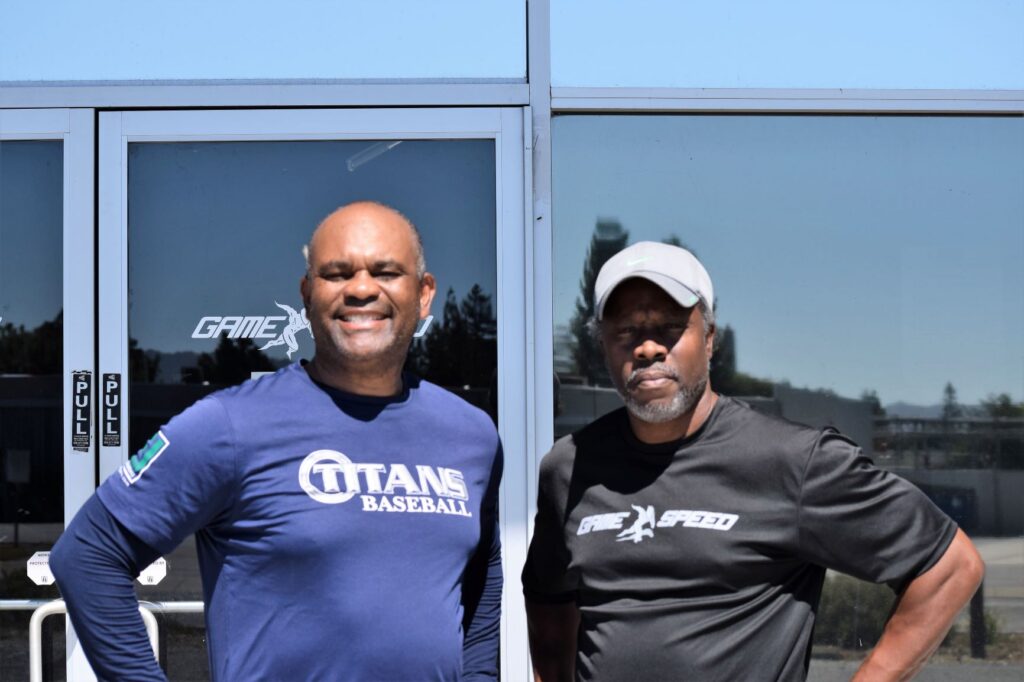Sport Specialization & The Regression of Athleticism
The Impact of Sports Specialization on Athleticism: A Disturbing Trend
Sports specialization and the regression of athleticism has become an ongoing concern in today’s youth sports culture. Coaches Eric Johnson and Aaron Thigpen discuss the lack of overall athleticism among athletes specializing in a specific sport. This article explores the reasons behind this trend and offers insights on how to address it.
Why Aren’t Our Kids as Athletic as Previous Generations?
Over the past three decades, there has been a noticeable decline in the athleticism of young athletes. Coach Johnson reminisces about his childhood, where kids played freely in the streets, engaging in various physical activities that developed their athleticism. However, today’s children are more sedentary and lack the basic movement skills necessary for athleticism. This decline is attributed to the lack of unstructured play and the increasing organization of youth sports.
The Importance of Play and Imagination:
Coach Thigpen emphasizes the role of play and imagination in developing athleticism. In the past, children would mimic their favorite athletes’ movements, fostering a deep connection to their sport. However, today’s youth are not engaged in watching sports or attending live games, which hinders their ability to aspire and develop their own movement patterns. The lack of imagination and play contributes to the decline in overall athleticism.
The Impact of Limited Movement Skills on Specialization:
Specialization in a specific sport without developing foundational movement skills can negatively affect athletes. Many young athletes are unable to perform basic movements such as lunges, squats, and balancing on one foot. This lack of movement proficiency impairs their ability to transfer force and perform essential skills in their chosen sport. Consequently, athletes may struggle with balance, coordination, and injury prevention.
The Role of Skill Instruction and Personal Movement Patterns:
While skill instruction is essential for athletes, it should be paired with personal movement exploration. Athletes need to blend proper instruction with their own movement idiosyncrasies. However, with the focus primarily on lessons and organized practices, young athletes are not encouraged to explore and develop their unique movement patterns. This lack of personal connection to their sport hampers their overall athleticism.
Balancing Specialization and Play:
Parents play a crucial role in balancing specialization and play. Although specialization is important for skill development, it should be complemented by unstructured play and exploration. Encouraging children to participate in derivative sports, such as wiffle ball or three flies up, allows them to develop movement patterns and enhance their athleticism. Additionally, parents should expose their children to live games and encourage them to watch sports to create a deeper connection and inspire athletic aspirations.
Conclusion:
The decline in overall athleticism among specialized young athletes is a concerning trend. It is crucial for parents, coaches, and athletes to prioritize unstructured play, imagination, and exploration alongside skill instruction. By blending proper instruction with personal movement patterns, athletes can develop a well-rounded athleticism that will benefit them in their chosen sport. It is time to revive the importance of play and foster a deeper connection to sports, ensuring the development of truly skilled and athletic individuals.

Recent Comments